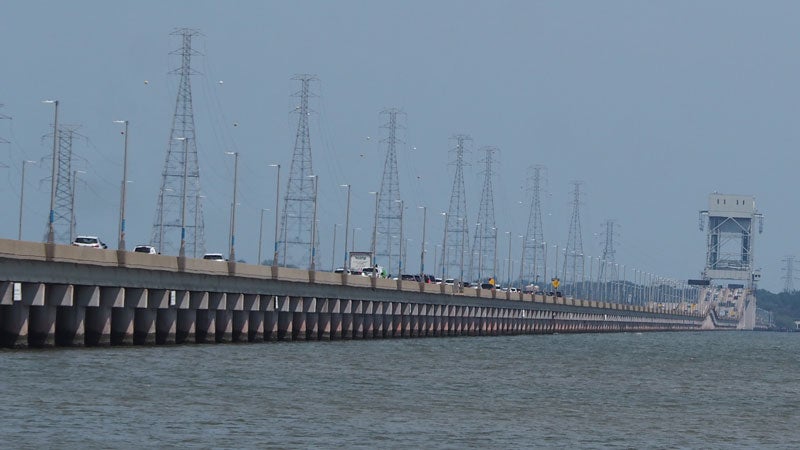$64 million for two schools?
Published 4:15 pm Tuesday, August 4, 2020
Committee talks loan options for Hardy, Westside
Isle of Wight County plans to take on $64.3 million in new debt to fund its five-year capital improvements plan, $57 million of which will be for two new schools.
Assuming the county moves forward via the timeline representatives of the financial advising firm Davenport & Company have proposed, $28.1 million of this borrowed money will become available to the county by October this year. About $27 million of this money is planned to be used for replacing Hardy Elementary, a 1960s-era school, with one capable of housing upwards of 800 students in grades K-4.
In 2022, the same year the new Hardy is slated to open its doors, an additional $36.2 million in borrowed money would come available to the county. About $30 million of this loan is planned to be used for replacing Westside Elementary, a grades 4-6 school also dating to the 1960s, with a new middle school capable of housing more than 1,100 students in grades 5-7. Smithfield Middle School, which is currently grades 7-8 and adjoins Smithfield High, would then become one big grades 8-12 high school.
The county’s capital improvements plan had originally estimated $22 million for Hardy and $28 million for Westside. But according to Isle of Wight County Schools Superintendent Dr. Jim Thornton, even the $57 million now proposed to be allocated for the two school projects may not be enough.
In June, Thornton had estimated a cost of $27.4 million for Hardy, not including architectural fees or the cost of furniture. That’s even with the cost savings that would result from reusing blueprints for Florence Bowser Elementary in Suffolk as a prototype for the new school. On July 29, he told members of Isle of Wight’s Capital Improvements Plan Committee that the school division was considering Manchester Middle School in Chesterfield County as a potential prototype for Westside’s replacement, which he estimated would carry a cost of roughly $36 million.
Manchester is the same basic design as Isle of Wight’s Georgie D. Tyler Middle School in Windsor, but can house about twice as many students, Thornton said. GTMS cost the county roughly $22 million to build six years ago.
Despite the increasing cost estimates, the committee currently still believes Isle of Wight can cover the new debt with a 5-cent tax increase, which it is recommended to be staggered. Four cents would be added to the county’s real estate tax rate beginning in 2022, bringing it from 85 cents per $100 in assessed value to 89 cents. Then, in 2025, another penny would be added. By 2028, this could be dropped to 88 cents, and then reduced another two pennies to 86 cents by 2029.
But all this could change for better or worse based on what final cost estimate the county receives for each school and what interest rate it receives on the money it borrows. Davenport representatives say interest rates are currently below 1.5% after having risen sharply during the early months of the COVID-19 pandemic.
At the start of 2019, Isle of Wight County had the eighth highest debt per capita in Virginia, with its annual debt payments reaching a high of $12 million later that year. If no new money was borrowed, Isle of Wight’s debt payments would drop steeply by 2028 and be paid off in full by 2044.
If the amounts to be borrowed and current interest rates do not change, Isle of Wight’s annual debt payments would rise to a new high of nearly $15.5 million by 2027 and not return to 2020 levels until 2031. The county would be debt-free by 2048.





